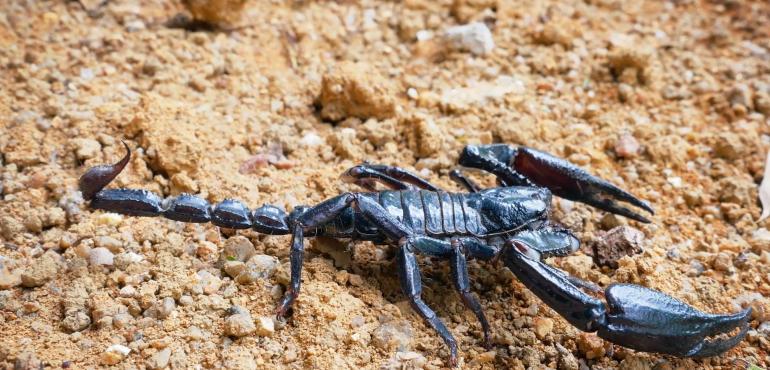Tommy Rodriguez
Department of Research & Development, Pangaea Biosciences, Miami, FL, USA
Email: trodriguez[@]pangaeabio.com
Rodriguez, T. (2018). A Possible Glimpse at the Role of Naturally-Occurring Radiation as a Contributing Factor to Genetic Variance among Populations of Living Organisms. International Journal of Biology, 42-53, Vol.: 11, Issue.: 1. DOI: 10.5539/ijb.v11n1p42.
Abstract
A fundamental question in evolutionary biology is understanding why some groups of organisms are highly diverse. Species diversity is the result of the balance between speciation and extinction whereas morphological disparity is primarily a consequence of adaptation. Radioresitance, among other adaptive features found in organisms, can be genetically determined and inherited. This study explores the possible consequences that naturally-occurring radiation might impose on the variance and composition of population genetics. To evaluate these possibilities, a simple statistical experiment is conducted involving 49 cytochrome gene sequences belonging to two distinct populations of eukaryotic organisms that reside on opposite ends of the radioresistance spectrum. The results show a distinct correlation between higher and lower degrees of genetic variance among these two groups, where the order, group or population that has shown increased hypersensitivity to radiation also has an increased rate of molecular evolution due to a higher mutation rate.
Keywords: radioresistance, radiation-induced evolution, population genetics, comparative sequence analysis, computational phylogenetics


